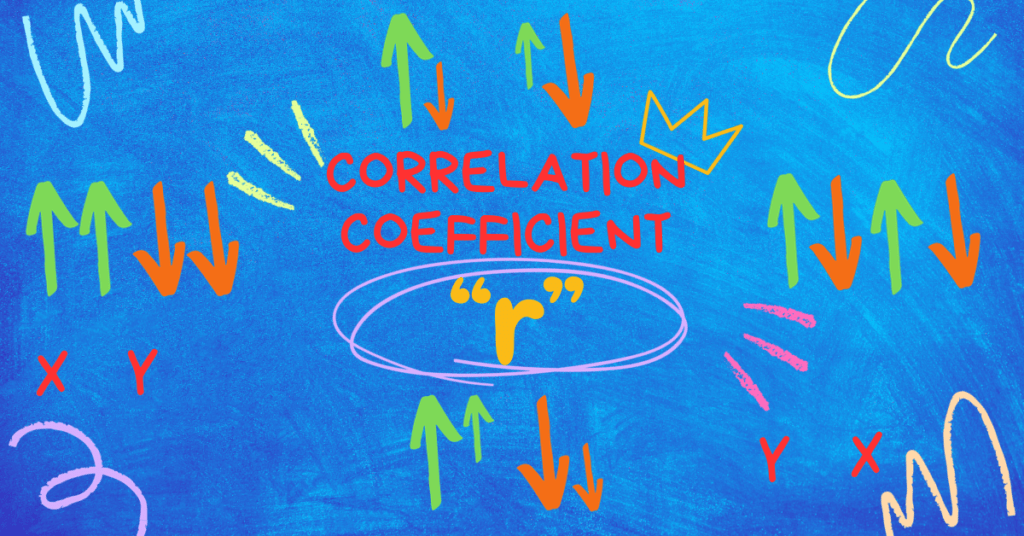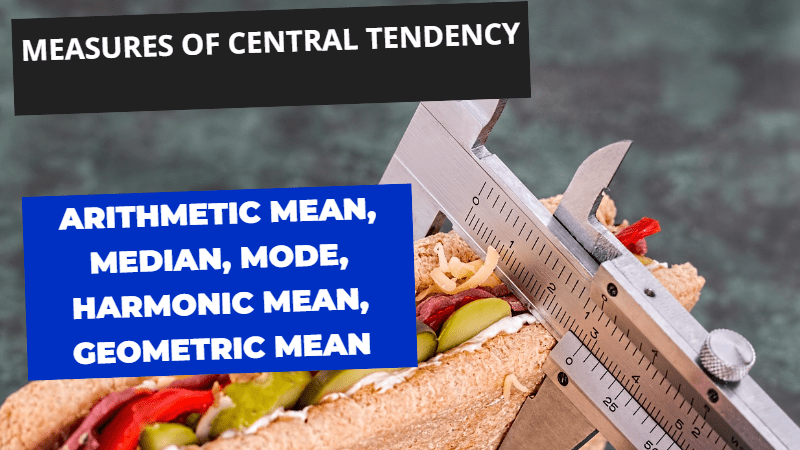In this blog post, I am going to discuss the paper of Business Statistics Solved Paper FBISE 2013 ICOM II, MCQS, Short Questions, Extensive Questions topics included are Introduction to Statistics, Averages, Index Numbers, Probability. Business Statistics Solved Paper 2012 is also posted.
Solved by Iftikhar Ali, M.Sc Economics, MCOM Finance Lecturer Statistics, Finance and Accounting
Table of Contents
Business Statistics Solved Paper FBISE 2013 ICOM II
MCQS
| Q.1 Circle the Correct Option i.e. A/B/C/D. Each Part Carries 1 Mark. | |||||
| (i) | A Characteristic that is qualitative in nature is a/an: | ||||
| A. Constant | B. Variable | C. Attribute | D. Parameter | ||
| (ii) | Continuous variable can be measured at: | ||||
| A. Specific Points | B. All possible Points | C. No Points | D. Integer Points | ||
| (iii) | Census reports for public are sources of: | ||||
| A. Primary Data | B. True Data | C. Secondary Data | D. Qualitative Data | ||
| (iv) | A heading at the top of the table which describes contents of the table is called: | ||||
| A. Stub | B. Title | C. Caption | D. None of these | ||
| (v) | Histogram is a graph of: | ||||
| A. Time Series | B. Frequency Distribution | C. Relative Frequency Distribution | D. None of these | ||
| (vi) | The mean, median and mode of constant “a” are: | ||||
| A. 0 | B. a/2 | C. a | D. a² | ||
| (vii) | The mean of a symmetrical distribution is ———–if its median and mode both are 15.25.: | ||||
| A. 0 | B. 10 | C. 15.25 | D. None of these | ||
| (viii) | If all the values are of equal importance, the index numbers are: | ||||
| A. Weighted | B. Un-weighted | C. Composite | D. Value Index | ||
| (ix) | A base year should be free from: | ||||
| A. floods | B. Strikes | C. Wars | D. All of these | ||
| (x) | The probability of an event cannot be: | ||||
| A. 1 | B. Less than one | C. 0 | D. Negative | ||
Short Questions
SECTION-B (Marks 24)
Q.2 Attempt any eight parts. The answer to each part should not exceed 3 to 4 lines. (8 x 3 = 24)
(i) Write any three limitations of Statistics?
Answer:
- Statistics deals quantitative data efficiently not qualitative.
- Only an expert of statistics can understand.
- Statistics cannot be applied on heterogeneous data.
(ii) Define Discrete and Continuous Variable.
Answer
In discrete variable, data has some specific value within a given range for example 2, 4, 6, 8 or 5, 10, 15, 20 etc.
Whereas, in continuous variable, data has any value within a given range for example 1,3, 7, 19, 65 or 2.5, 3.9, 5.9, 7.2 etc.
(iii) Name the methods of collecting primary data?
Solution
The most common methods of collecting primary data are:
- Questionnaires
- Surveys
- Interviews
- Polls
- E-mail & Telephone
(iv) Define Class Interval.
Solution
Difference between upper and lower class boundary and width of the class is called class interval. For example:
Example of Class Interval
| Height in (cm) | Number of Students |
| 146-150 | 1 |
| 151-155 | 3 |
| 156-160 | 7 |
| 161-165 | 5 |
| 166-170 | 3 |
| 171-175 | 1 |
In the table above, heights of 20 students of a class are divided into classes with the size of each class interval being 5.
(v) Give two properties of Arithmetic Mean.
Answer
- The sum of the deviations, of all the values of x, from their arithmetic mean, is zero i.e. for ungroup data ∑(X-X̅)=0 and for group data ∑f(X-X̅)=0.
- Sum of squares of deviations from arithmetic mean is least i.e. ∑(X-X̅)² < ∑(X-A)² where “A” is any constant other than X̅.
(vi) Write any two qualities of a an average.
Answer
(1) It should be easy to calculate and simple to understand.
(2) It should be clearly defined by a mathematical formula.
(3) It should not be affected by extreme values.
(4) It should be based on all the observations.
(5) It should be capable of further mathematical treatment.
(6) It should have sample stability.
(vii) Define an Index Number.
Answer
Index Number is a statistical measure to calculate the percentage change in price or quantity with respect to time. Index Number has further two categories simple and composite. In simple Index, the price or quantity is related to only one product whereas in composite, more than one product can be taken.
(viii) What do you understand by Base Period? How is it selected?
Answer
A period in which index is considered as 100 or a benchmark period which is considered as base for future variations is called base period. Base period should be:
- Free from war
- Free from strikes
- Free from floods
- Economically Stable
- Should be selected by statistical experts.
(ix) If Laspeyre’s Index No = 115 and Fisher’s Index No = 112.98, Find Paasche’s Index No.
Solution
Laspeyre’s Index No = 115, Fisher’s Index No = 112.98
As we know that:
![]()
![]()
![]()
![]()
Taking square root on both sides
![]()
![]()
(x) Define equally likely events.
Answer:
If events A & B in a sample space have equal chances of occurring or happening then events will be equally likely events. For example in a throwing of single die chances of 1, 2, 3, 4, 5, 6 is equal.
(xi) Write a sample space for the experiment “Toss a pair of coins”
Solution
![]()
All Possible Outcomes
| HH | HT | TH | TT |

Extensive Questions
Section C (Marks 16)
Note: Attempt any two questions. All questions carry equal marks. (2×8=16)
Q.3 Given U = (X – 87)/5. Find Arithmetic Mean using:
(a) Step-Deviation Method
(b) Direct Method
| U | No. of Cables |
| -3 | 1 |
| -2 | 6 |
| -1 | 17 |
| 0 | 29 |
| 1 | 20 |
| 2 | 17 |
| 3 | 13 |
| 4 | 10 |
| 5 | 6 |
| 6 | 3 |
Solution
Here A= 87, h = 5
Calculation of X
![]()
![]()
![]()
![]()
![]()
Now h = 5 so just add 5 to the next value
| U | No. of Cables (f) | X | fX | fU |
| -3 | 1 | 72 | 72 | -3 |
| -2 | 6 | 77 | 462 | -12 |
| -1 | 17 | 82 | 1394 | -17 |
| 0 | 29 | 87 | 2523 | 0 |
| 1 | 20 | 92 | 1840 | 20 |
| 2 | 17 | 97 | 1649 | 34 |
| 3 | 13 | 102 | 1326 | 39 |
| 4 | 10 | 107 | 1070 | 40 |
| 5 | 6 | 112 | 672 | 30 |
| 6 | 3 | 117 | 351 | 18 |
| Sum | 122 | 11359 | 149 | |
| ∑f= | ∑fX = | ∑fU = |
![]()
![]()
![]()
![]()
![]()
Q.4 Construct Chain Indices for the following years taking 1996 as base:
| Year | Prices in Rs. (40kg) | ||
| Wheat | Rice | Maize | |
| 1996 | 160 | 400 | 155 |
| 1997 | 165 | 410 | 160 |
| 1998 | 168 | 425 | 162 |
| 1999 | 170 | 435 | 172 |
| 2000 | 175 | 500 | 180 |
Solution
![]()
![]()
| Year | Wheat | Rice | Maize | Median | Chain Index |
| 1996 | 100 | 100 | 100 | 100 | 100 |
| 1997 | | | | 102.5 | |
| 1998 | | | | 101.81 | |
| 1999 | | | | 102.35 | |
| 2000 | | | | 104.65 | |
Q.5 Two cards are drawn at random from a well-shuffled pack of 52 cards. Find the probability that:
(i) Both are of the same colour
(ii) Both are of the different colours
Solution
N = 52, r = 2
![]()
![]()
![]()
Required Calculations:
![]()
![]()
![]()
![]()
![]()
Note: Probability of red cards is 0.245 and probability of black will be same as 0.245
![]()
![]()
You might be interested in the following:
- Introduction to Statistics Basic Important Concepts
- Measures of Central Tendency, Arithmetic Mean, Median, Mode, Harmonic, Geometric Mean
- Correlation Coefficient
- How to calculate Net Present Value and Other Investment Criteria/Capital Budgeting Techniques
- Cambridge IGCSE/O Level Accounting: Topic 1: Fundamentals of Accounting & The Accounting Equation
- Cambridge IGCSE/O LEVEL Topic: 2 Sources and recording of data, Double Entry Book-keeping
- Material Costing, Specific Identification Method, Weighted Average Cost Method, First In, First Out Method(FIFO), Last In, Fist Out Method(LIFO)
- Principles of Accounting, Journal, Ledger, Trial Balance
- Depreciation, Reasons of Depreciation, Methods of Depreciation, Straight Line/ Original Cost/Fixed Instalment Method, Diminishing/Declining/Reducing Balance Method.
- Consignment Account, Consignor or principal, Consignee or agent, Complete Analysis with Journal Entries, Theoretical Aspect, MCQ’s and Practical Examples
- Business Statistics Solved Paper FBISE 2012 ICOM II, MCQS, Short Questions, Extensive Questions





